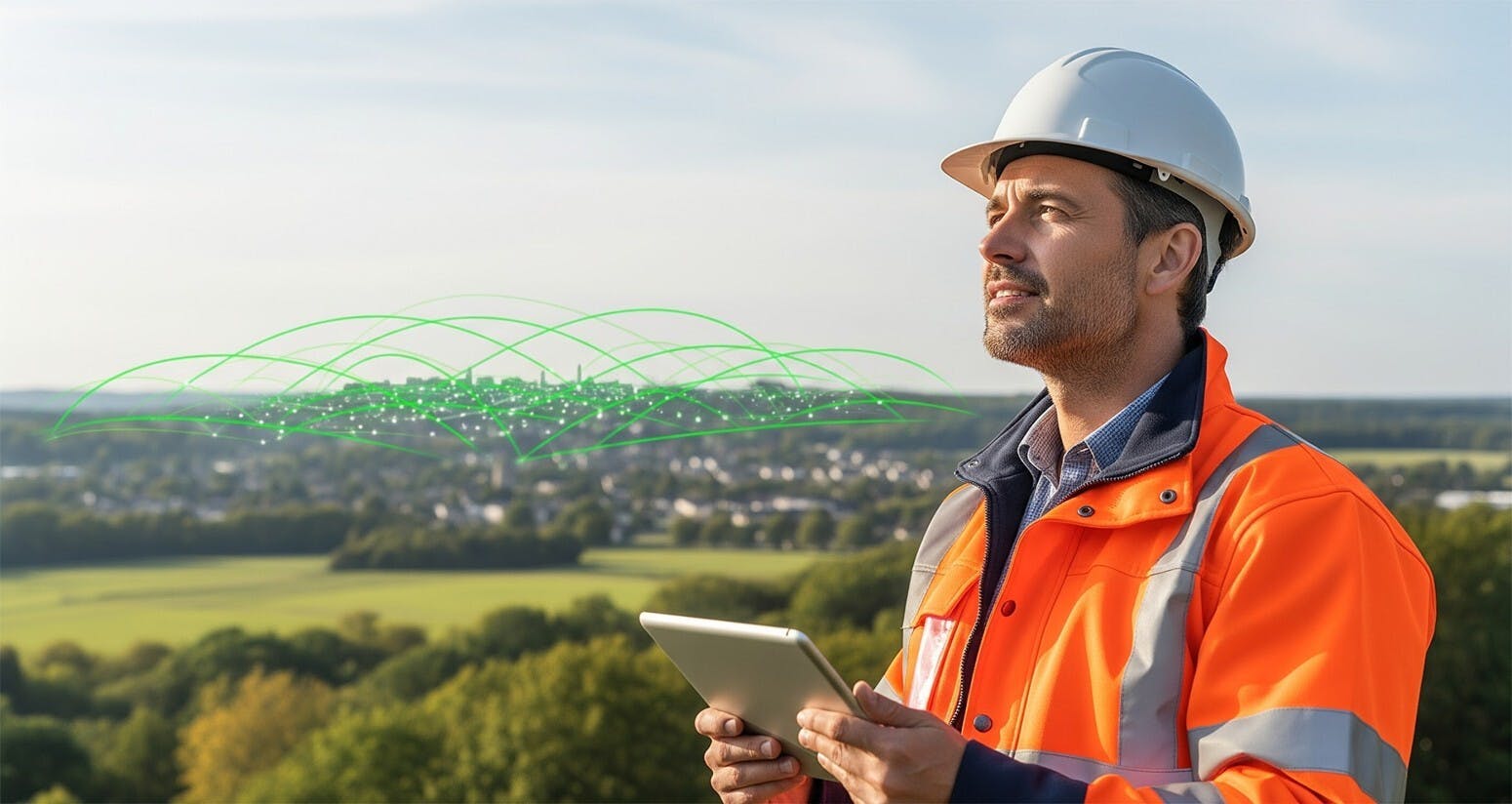
IQGeo completes Deepomatic acquisition as operators advance toward autonomous networks
Proven AI computer vision technology now integrated into IQGeo software to power real-time network intelligence...

Keep up to date with latest trends in computer vision and how it helps businesses accelerate their digital transformation in their field operations. Read through our news about First Time Right Automation and Artificial Intelligence. Grab a coffee and enjoy!
In the spotlight

Proven AI computer vision technology now integrated into IQGeo software to power real-time network intelligence...
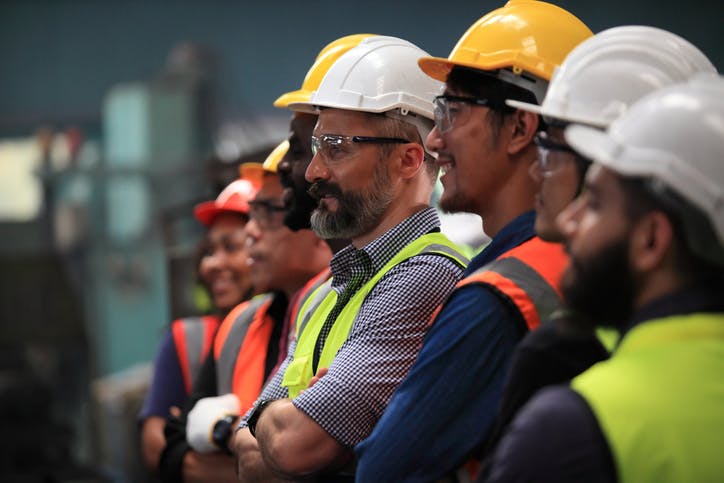
Learn how the data provided by Visual AI increases transparency between operators and contractors, and...

Proven AI computer vision technology now integrated into IQGeo software to power real-time network intelligence...

Learn how the data provided by Visual AI increases transparency between operators and contractors, and...
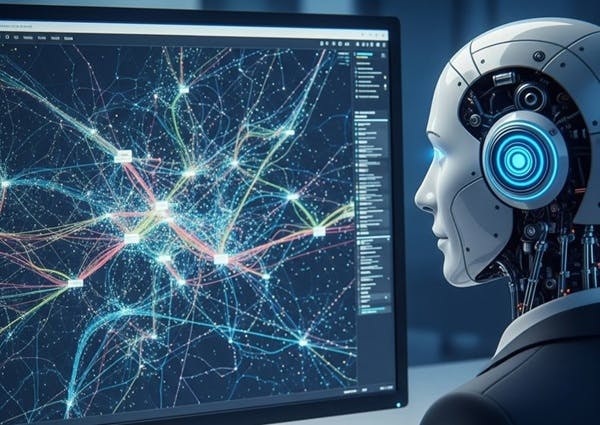
Discover how AI agentification is transforming network management...
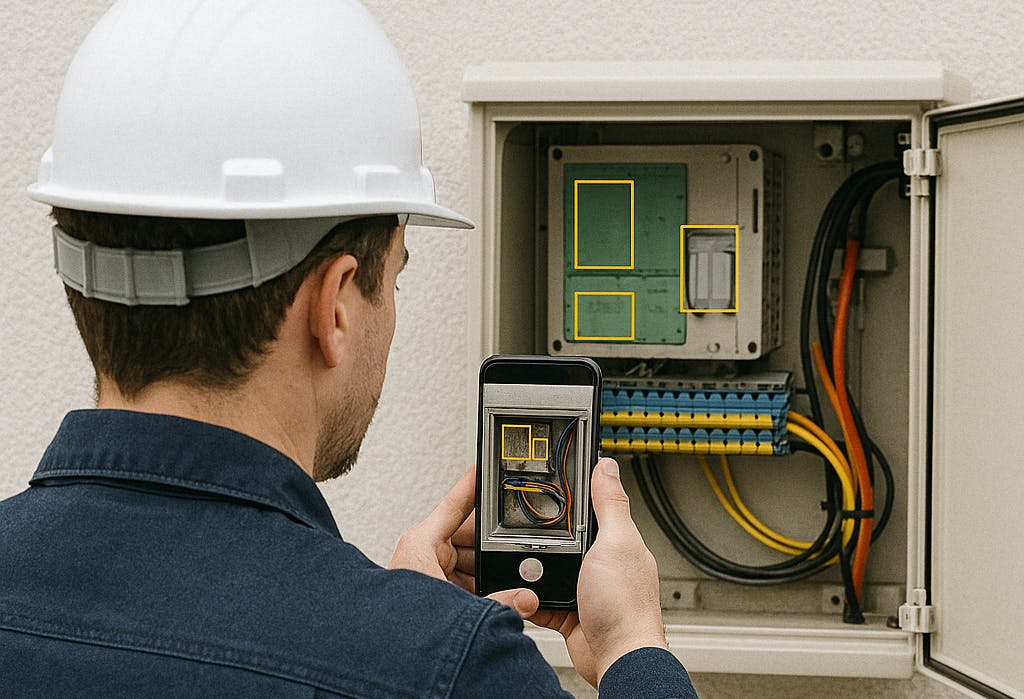
Discover the best image recognition software for quality control automation and remote supervision in telecom...
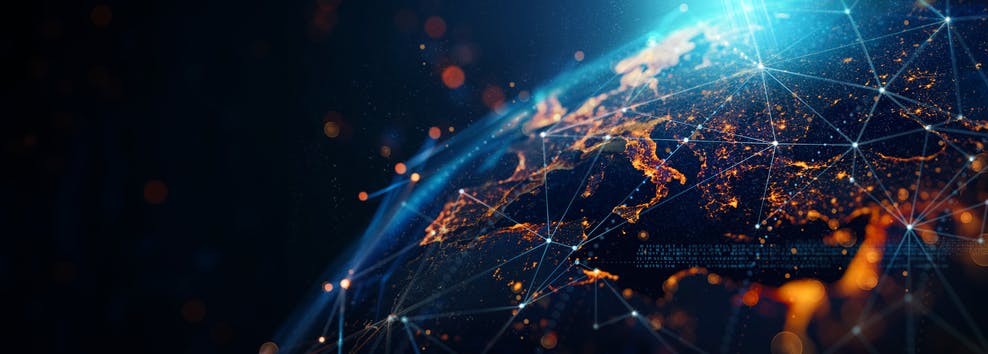
Deepomatic provides an analysis and interpretation of the latest FTTH/B Market Panorama data...
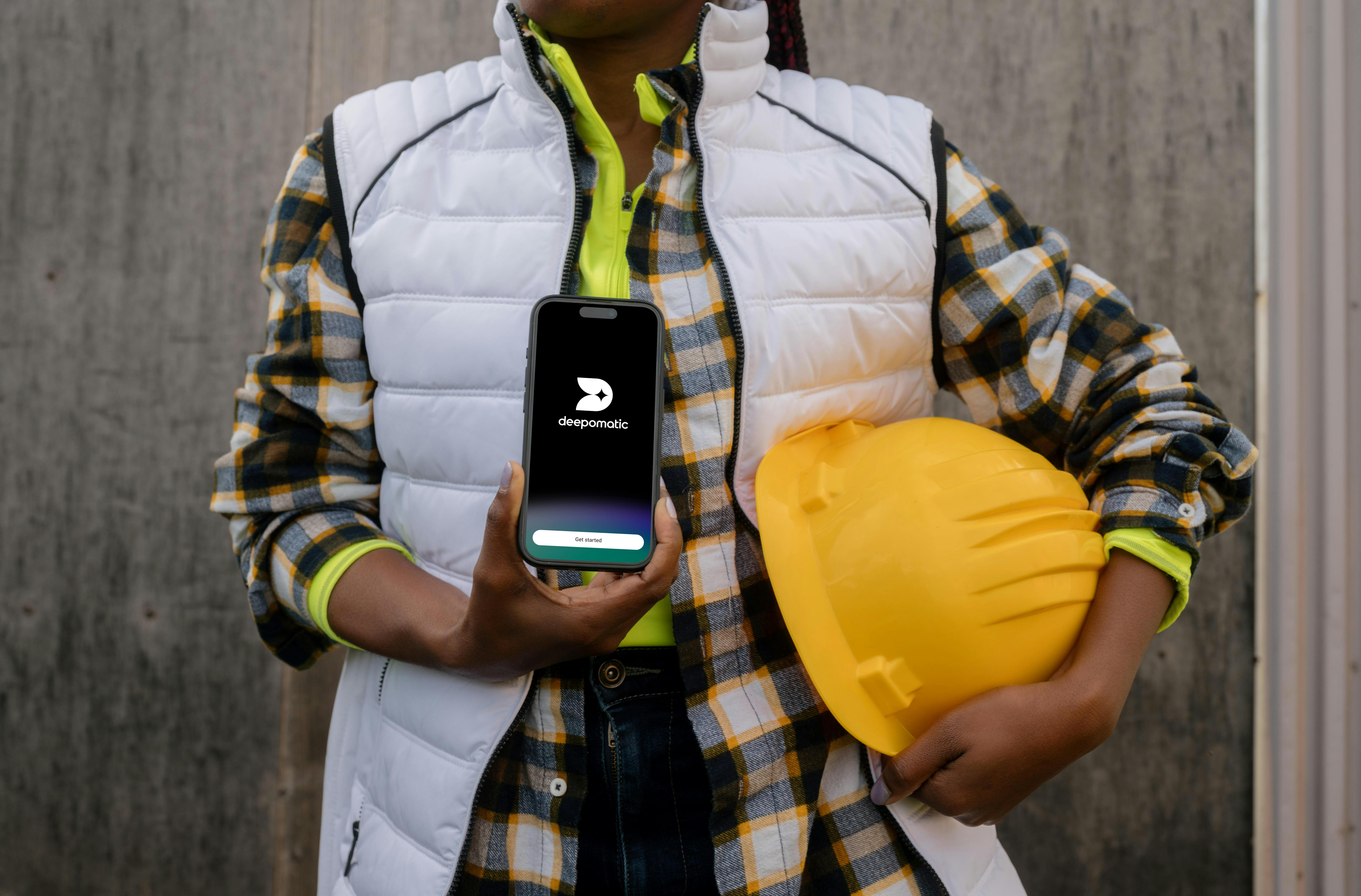
With Deepomatic Lens, field agents can work in the field and have their tasks validated...
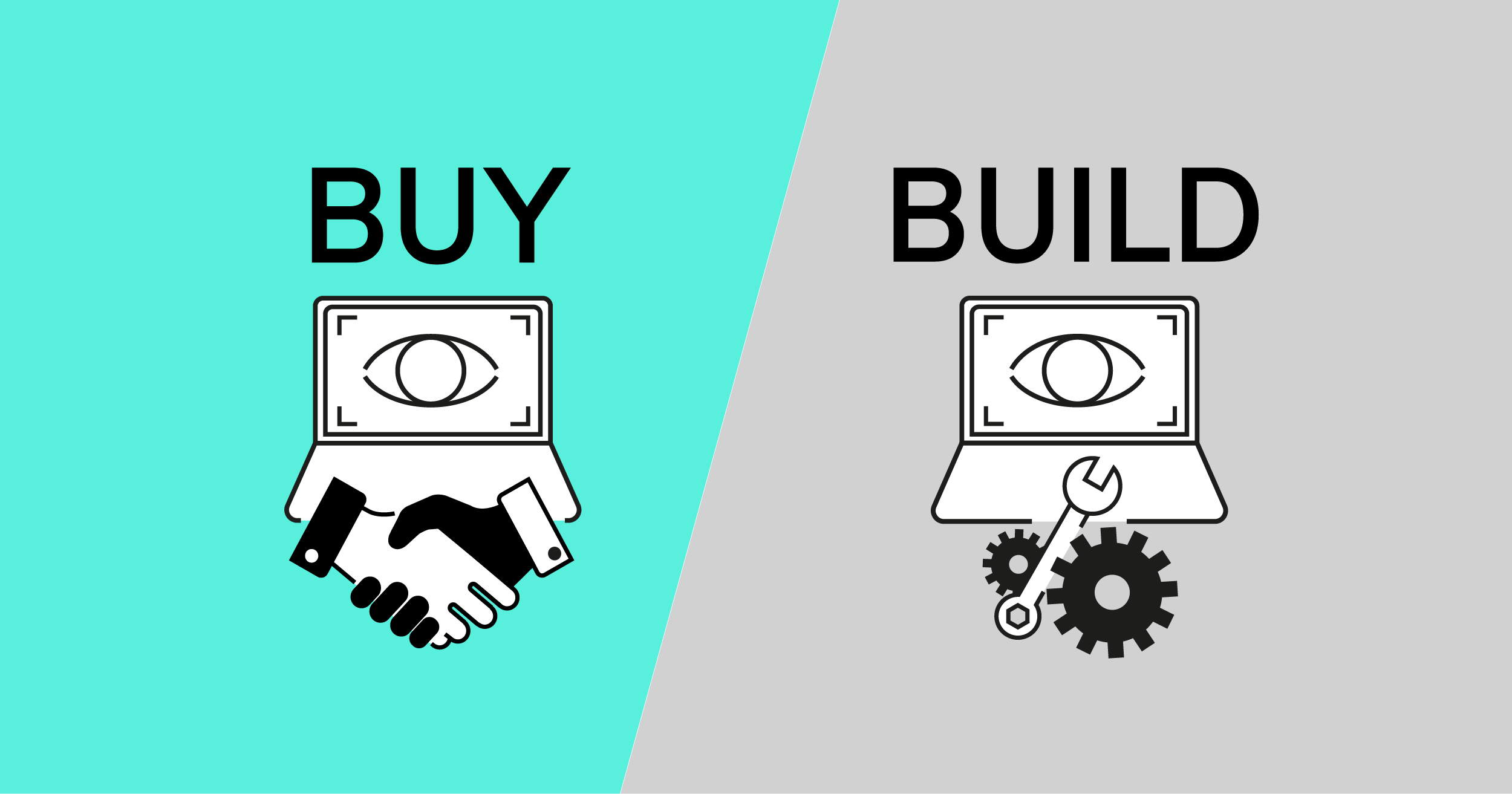
What does it take to develop computer vision AI solutions in-house and why buying a...
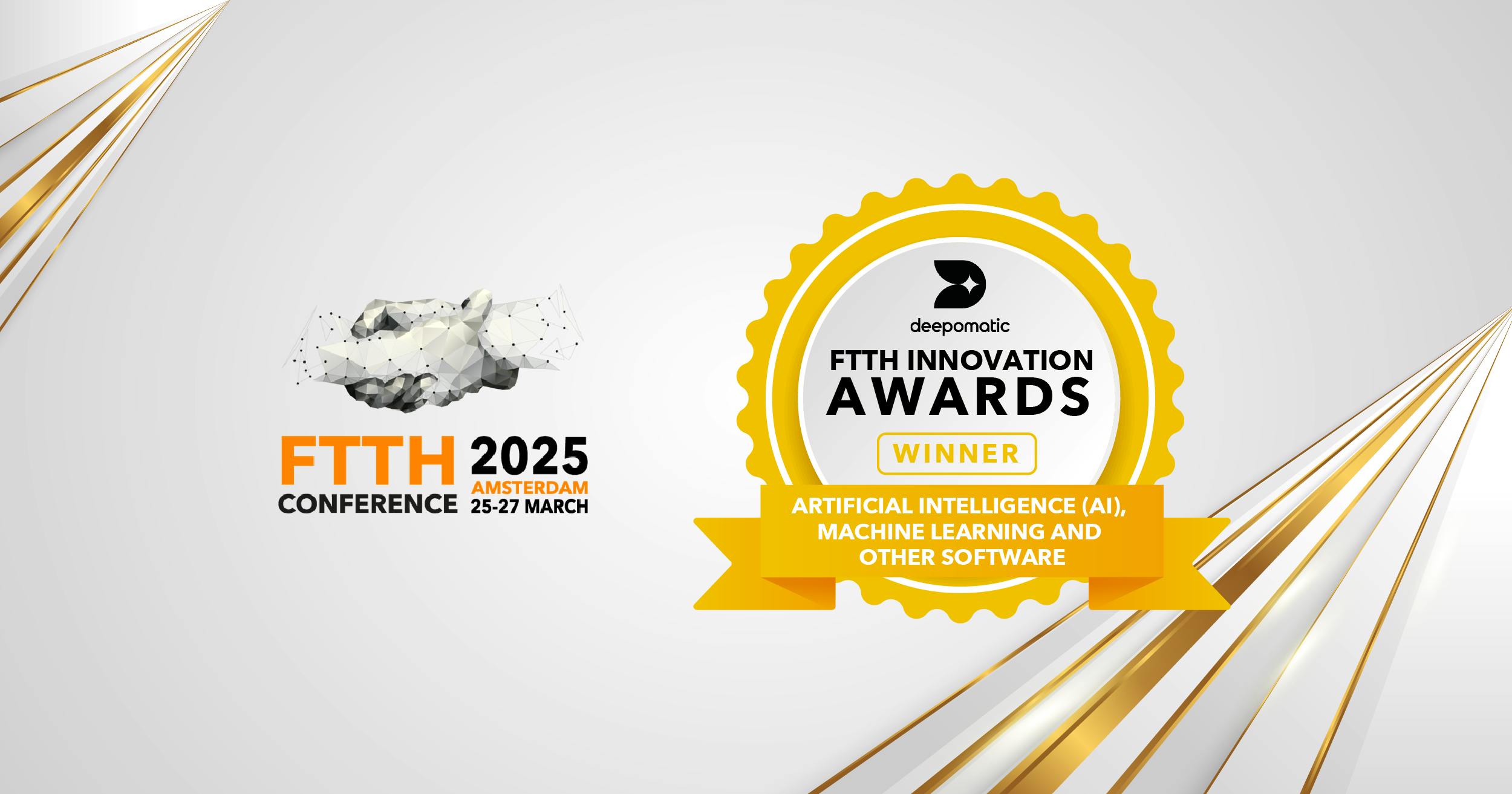
Our Visual AI platform has been honored with the “Artificial Intelligence (AI), machine learning and...
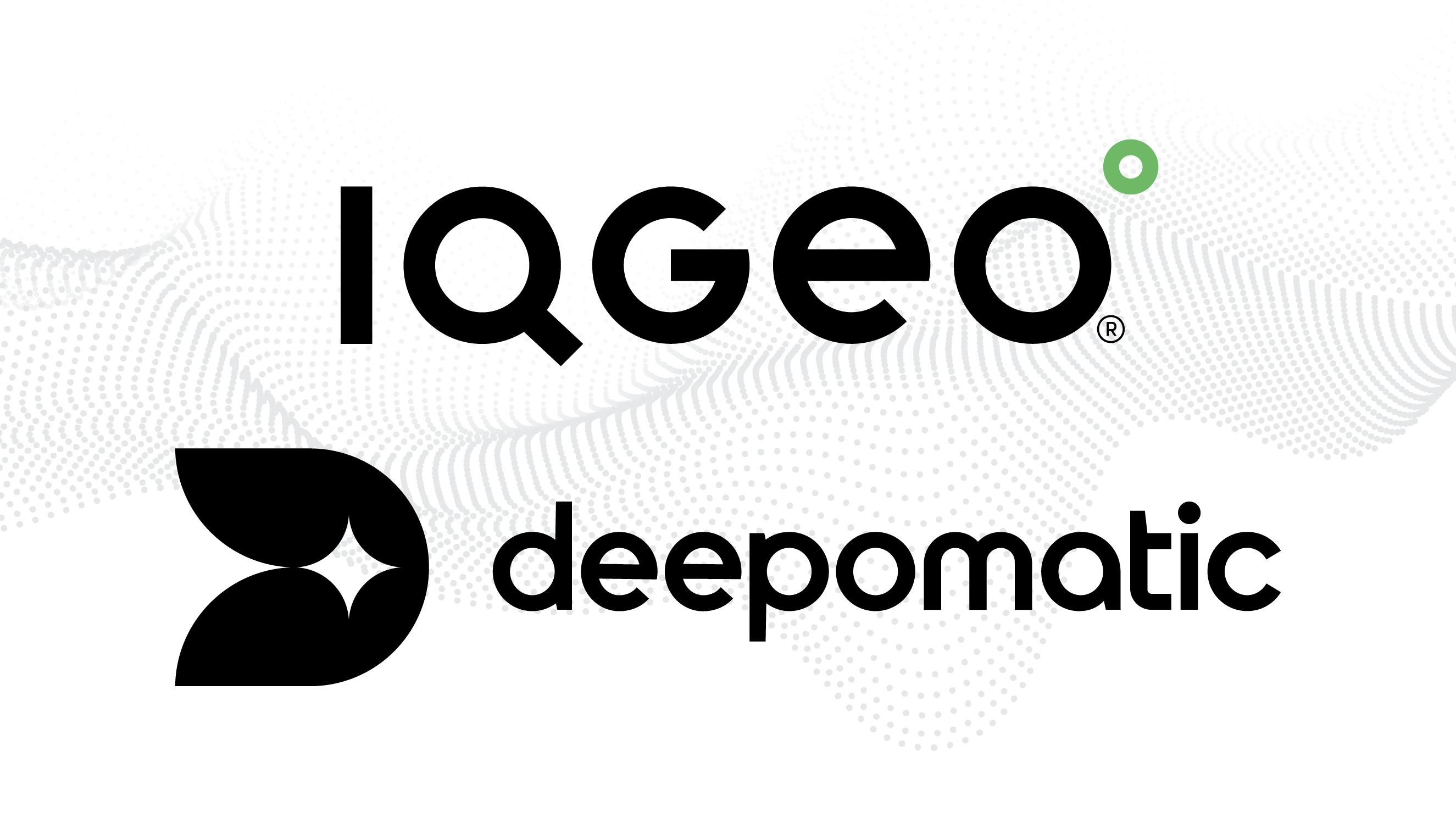
IQGeo, a developer of geospatial software that is “Building better networks” for telecom and utility...